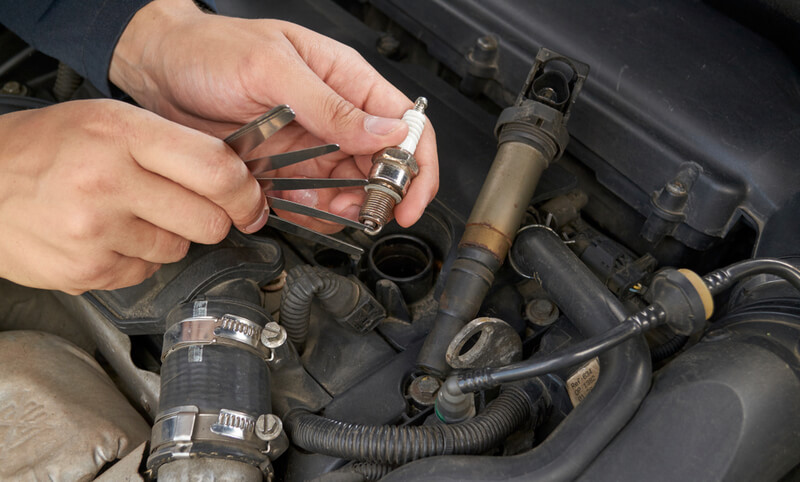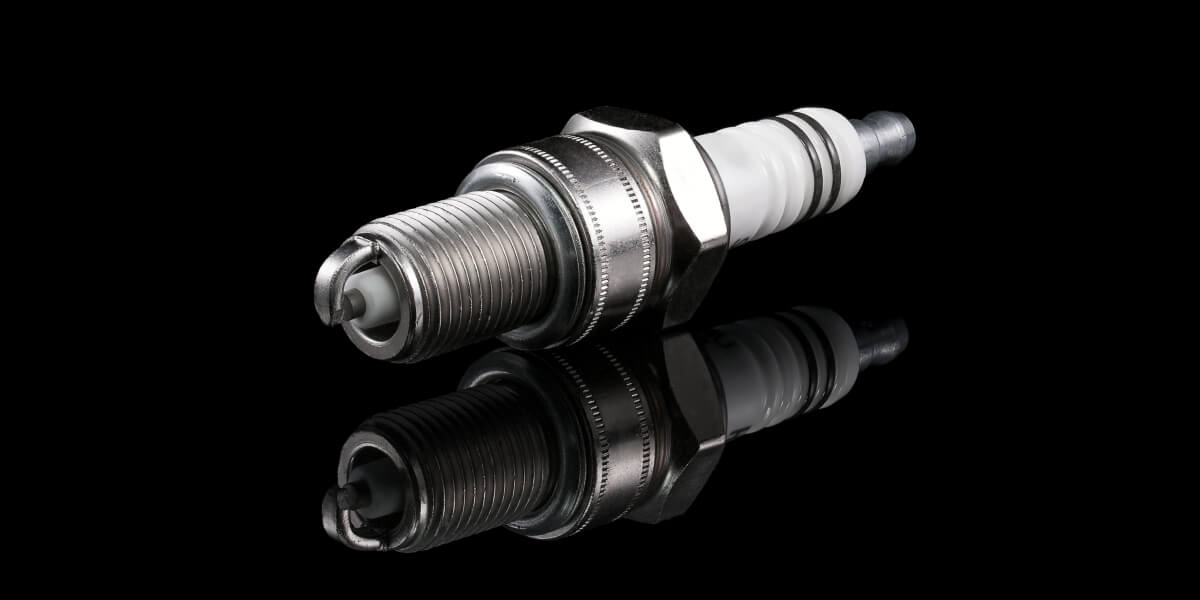
When Etienne Lenoir developed the first internal combustion engine, he used jumping sparks to ignite the air-fuel mixture. Nikolaus Otto then perfected the design and decided to use spark plugs in the world’s first four-cycle engine. Ever since that happened, we continued to use the same principle when designing internal combustion engines. Even the spark plugs are the same, but of course, modernized. Today we have a variety of spark plugs to choose from and that may sometimes create confusion among drivers. Don’t worry – we will straighten things out here and teach you how to correctly and easily cross-reference spark plugs.
Although all plugs are all basically doing the same thing, they still differ in many ways. When car manufacturers design an engine, they decide on one type of plug depending on what they want to achieve. Some spark plugs are better for fuel-efficient engines, while others are better for performance engines. Choosing the right spark plug for your car is very important – using the wrong spark plugs for your engine will not only reduce its fuel-efficiency but may also damage internal components. In some cases, the engine might even stop running because of unsuitable spark plugs.
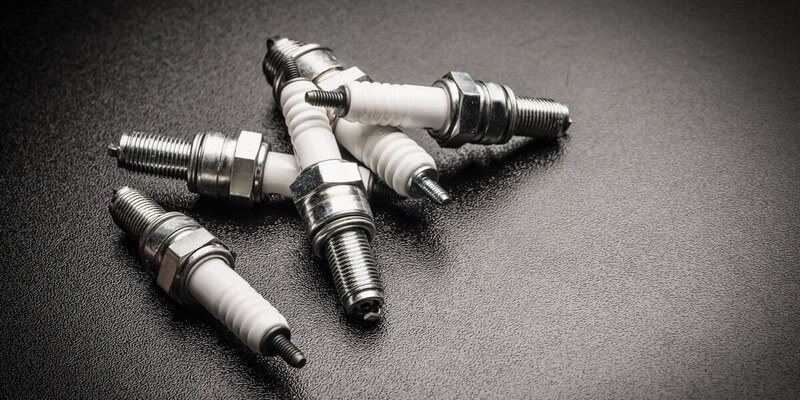
If you don’t want that happening to you, you need to replace your spark plugs with ones specifically made for your engine or cross-reference the plugs if you decided to go with another brand. In other words, you either need to buy the same plugs or purchase others but with the same characteristics. The determining features of a spark plug are thread size and length, type of sealing, electrode type, material and length, and heat dissipation. By cross-referencing spark plugs, you’ll be sure that the new ones will have the same specs as the old ones.
Why Would I Want New Spark Plugs?
First of all, spark plugs don’t last forever. Depending on the type of plugs installed on your engine, you'll need to replace them at different intervals. Conventional copper plugs should be replaced every 30,000-50,000 miles or so while iridium and platinum spark plugs may last over 100,000 miles.
And, interestingly, most manufacturers don’t use the highest-quality plugs from the factory. That alone should be a reason enough for you to purchase new and better spark plugs. Yes, you heard that right – aftermarket models are usually better than factory ones.
As always, price is the determining factor of how durable the plugs will be. Higher-quality spark plugs might be twice as expensive, which is why car manufacturers don’t always use them in new cars. Sure, they are still good enough – 100,000-miles is no joke, but you can do even better.
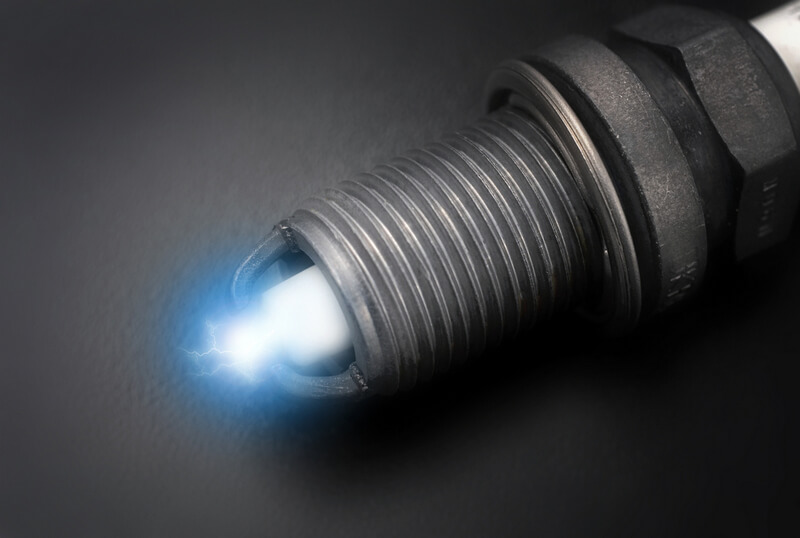
Today, many companies offer a wide range of designs that cover almost every vehicle ever made. If you want to replace your plugs for better ones, we recommend models from Denso, Bosch, NGK, Acdelco, Champion, etc. Within these brands, you can find designs that will fit your vehicle nicely and perform excellently throughout the years.
For the best performance and longevity, we recommend going for iridium plugs. They create a better spark than platinum and copper models, and last longer. That said, copper plugs are great for performance engines thanks to the excellent dissipation properties, and they’re much cheaper too.
Thread Diameter and Thread Length
The first and most obvious area where spark plugs differ is the thread size and length. When you cross-reference spark plugs, you need to make sure that they will at least fit in your motor. Like most things, if the new plugs have different thread diameters, you won’t be able to fit them inside.
The length of the tread and electrode is equally important, if not even more. Let me give you an example. If the spark plug is too long, it will not seal properly, and the engine will lose compression. If it’s too short, then the spark won’t reach the air/fuel mixture contained in the combustion chamber and it will probably not work at all.
Luckily, you can visually compare spark plugs for the tread girth and length. However, you can’t do that when buying online. More importantly, though, other things should be considered as well.
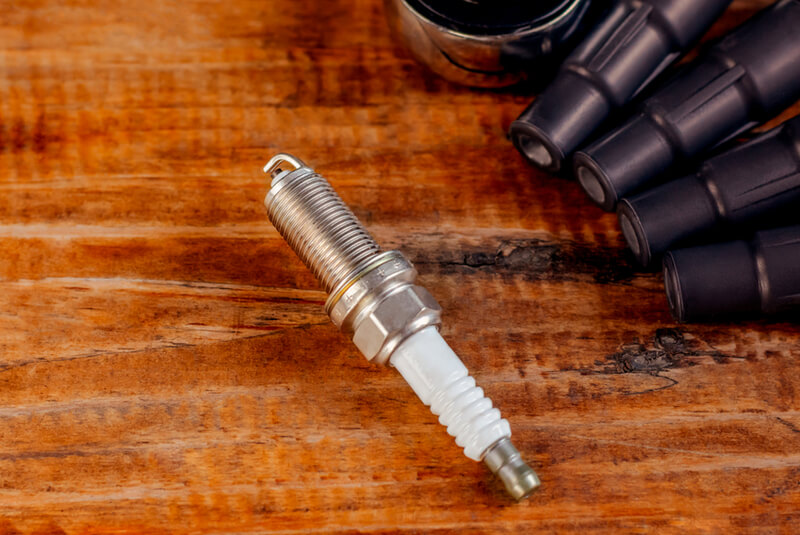
Type of Sealing (Flat Seat or Tapered Seat)
Okay, so you found new plugs that are the same size, but what about the seal? Right now, there are two standards when it comes to spark plugs seals– flat seat or tapered seat. These standards aren’t interchangeable – you need to make sure that you get the proper one. Otherwise, the plugs won’t seal properly, and you might even damage something.
Flat-seat spark plugs use crushable metal gaskets to seal properly. The gasket is the single differentiating factor between these and tapered-seat models. Tapered-seat spark plugs, on the other hand, use the outer shell of the plug itself to create a seal. These models don’t come with gaskets, and you shouldn’t use ones either.
Electrode Length of Spark Plugs
The side electrode and center electrode create the spark that then ignites the air-fuel mixture. Various models have different electrode lengths and consequently, different gaps between both electrodes. When you cross-reference spark plugs, you need to make sure that the electrode is as long as on the ones you already have.
Heat Dissipation (Hot and Cold Plugs)
Heat dissipation is an essential feature of spark plugs. They are in direct contact with the combustion chamber of your engine, where the temperature is around 4,500 °F (2500 °C). Depending on the model, the spark plugs can act as insulators or dissipators of the significant heat inside. When you cross-reference spark plugs, it is of utmost importance to find models with the right heat dissipation.
Hot spark plugs act as a sort of insulators. They are mostly used in standard “passenger” car engines. Engineers use hot plugs to keep the heat inside the combustion chambers and improve the fuel economy of the car. Because of the lower compression ratios of these motors, a hot spark plug won't ignite the fuel prematurely.
However, on high-power or turbocharged engines, a hot spark plug can ignite the mixture before intended. This may cause engine pinging and lead to severe damage. For performance vehicles, you will need the so-called cold spark plugs. Of course, this means determining the exact heat dissipation when you cross-reference spark plugs.
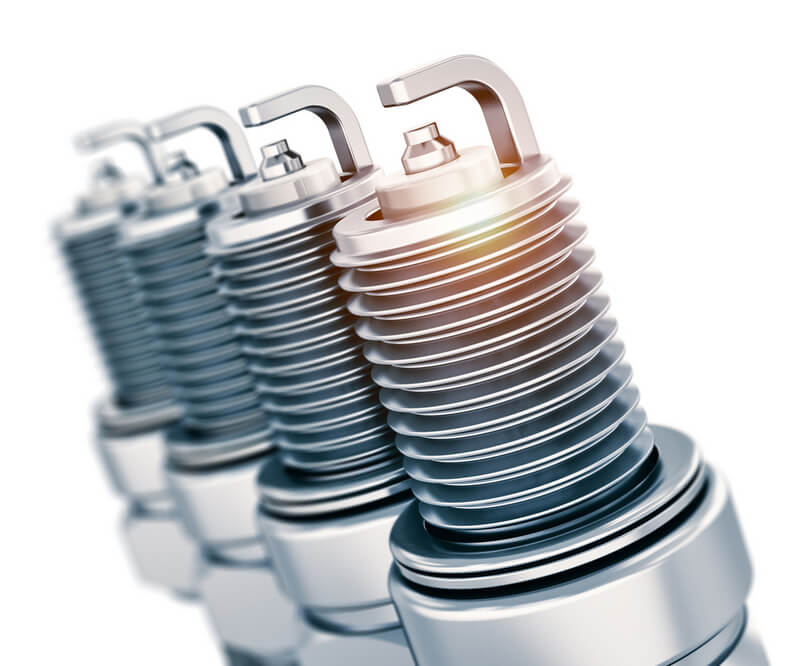
Where to Cross Reference Spark Plugs Online?
Most spark plug manufacturers have tables or services where you can cross-reference spark plugs. The websites of NGK and Denso are great examples. You only need to enter the exact model of your existing spark plugs, and they will give you viable options.
“Spark Plug Cross Reference” is a website that specializes in cross-referencing. However, the real benefit here is that, unlike manufacturers' websites, they will give you all the options available to you, regardless of the brand.

